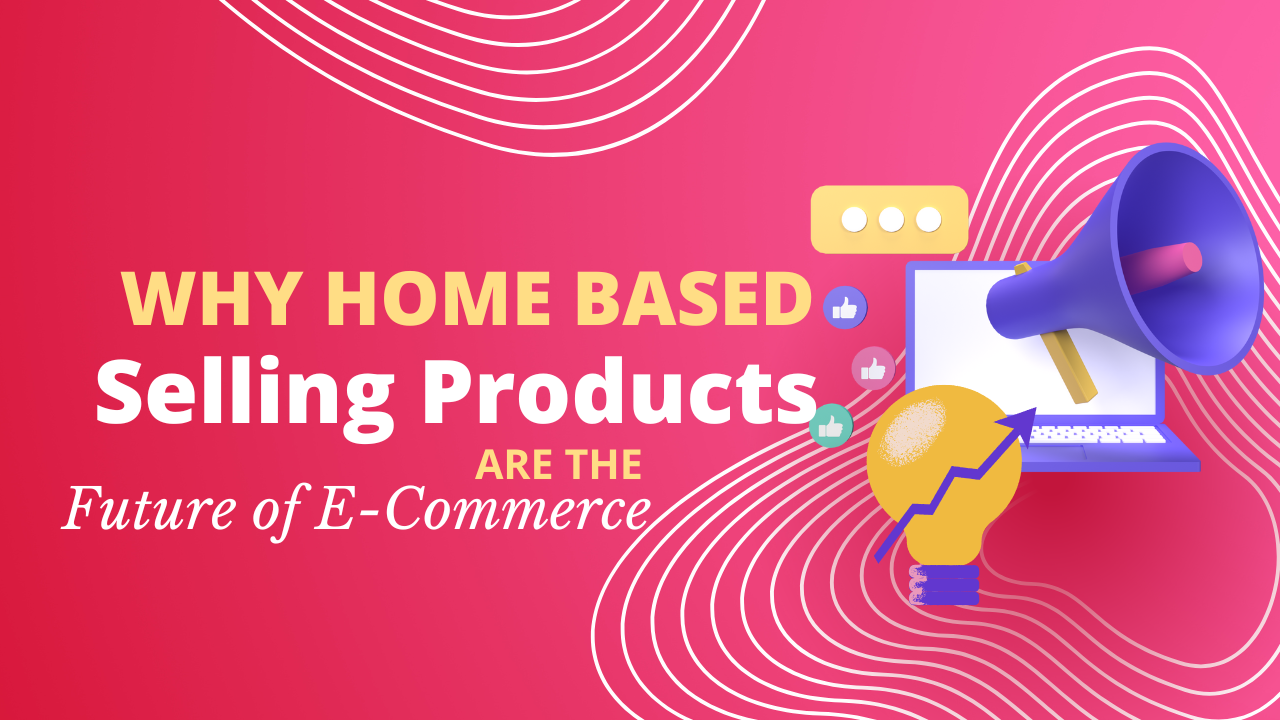Your business stands ready for advancement to higher levels of performance. Organizations can tap into endless growth online. They can connect with customers while also boosting their revenue streams.
A website enables 71% of small businesses to record improved sales. This guide offers practical tips that help to grow your business online. It works whether you are starting or looking to expand. Let’s dive into the essentials!
Build a strong online presence
You never get a chance to make a first impression. Websites need a strong first impression to succeed. This expression fits with precision. I cringe when I launched my first business site—it was a DIY disaster. The design was clunky, the colours were… questionable, and I didn’t realize mobile optimization was a thing. I cringe when about how many visitors I likely lost due to their inability to load the homepage on their phones.
Here’s the thing: a clean, professional website is non-negotiable. Platforms such as WordPress are great for blogs and offer flexibility. Shopify is perfect for e-commerce. Both make it easy to create something beautiful without coding. And please, test your site on a phone—more than 50% of visitors will be on mobile.
If they’re pinching and zooming to read your content, they’re gone. Oh, and fast-loading pages? Those are the secret sauce. No one’s sticking around for that spinning wheel of death.
Leverage Social Media Marketing
Social media isn’t for selfies and cat videos—though, hey, those can work if you’re clever! Finding the right platform for your audience is step one. When I started, I tried to be everywhere, but that was a rookie mistake. I focus on my audience. I use Instagram for visuals, LinkedIn for professionals, and TikTok for boldness.
The key is consistency. Share engaging content: tips, behind-the-scenes looks, or a funny meme now and then. Paid ads? Total game-changer. A small investment in targeted social ads can help you find new audiences. They may not discover your page on their own. Pro tip: Keep it real. People can spot posts that seem too salesy.
Optimize for Search Engines (SEO)
Ah, SEO—every beginner’s enemy. I used to think SEO was all about stuffing as many keywords as possible into a post. Spoiler: it’s not. I improved my results by concentrating on the specific needs of my audience in their search. Google Keyword Planner and AnswerThePublic help you find the search terms your customers use.
Create useful content that answers search questions. This includes educational blogs, helpful guides, and a clear FAQ section. Incorporate key terms into meta titles, descriptions, and headers in a seamless manner. And if you’re a local business? Local SEO is your BFF. A simple Google My Business listing can work wonders.
Embrace Email Marketing
Here’s the truth: email isn’t dead. In fact, it’s alive and kicking. Building my email list felt like a slog at first—who’s signing up anyway? Once I began offering freebies, like guides and discounts, people joined in. It’s all about giving value up front.
Segment your email list so you’re not sending the same message to everyone. For example, new sign-ups might receive a welcome series. Meanwhile, loyal customers enjoy sneak peeks of new launches. Analyze your open rates and tweak your subject lines—sometimes a tiny change can make a big difference. Oh, and never underestimate the power of a killer call-to-action (CTA).
Invest in Paid Advertising (PPC)
Let me be honest—paid ads scared me at first. At first, I believed that such funds would vanish without producing any visible positive results. After mastering it the advertising approach turned out to be a brilliant choice for my business. Google Ads can reach people who are currently searching for specific products. The “affordable custom stationery” advertisement I launched resulted in a 30% increase in sales over one month’s period.
Finding the right keywords and crafting strong ad text leads to success on Google Ads. Facebook and Instagram give businesses a great chance to boost their brand visibility.
The secret? Retargeting. You can remind people about your site after they’ve visited but didn’t buy anything. It’s like a friendly nudge, not annoying—well, if you don’t overdo it! Check your results with great attention. If something’s not working, tweak it. Paid ads can be a game of trial and error, but when they click (pun intended), the ROI can be insane.
Utilize content marketing
Content marketing was a game changer for me. I remember writing my first blog post, and while it only got a handful of views, it felt good to share something valuable. Over time, I learned that content needs to do more than exist. It has to educate, entertain, or inspire. For example, I began writing how-to guides, like “5 Easy Steps to Organize Your Workspace.” I also made quick, snackable videos for Instagram and YouTube.
Repurposing content is a time saver. That blog post? It can become a video script or an infographic. Collaborating with influencers or guest bloggers can also help you tap into new audiences. And don’t stress if you’re not a natural writer or camera pro—authenticity always wins over perfection.
Measure and analyze performance.
If you’re not measuring, you’re guessing. And let’s face it: guessing doesn’t grow businesses. I learned the hard way that metrics are everything. Tools like Google Analytics help you see where your website traffic comes from. They also show what keeps people engaged or makes them leave.
Social media insights are valuable. I used to post without considering the content, hoping something would resonate. Now, I study which posts perform best and focus on creating more of that. For example, I realized that my “before-and-after” product photos got way more engagement than simple promo shots. Set SMART goals: specific, measurable, achievable, relevant, and time-bound. Then, change your strategy if needed. Growth comes from being flexible and data-driven.
Adopt e-commerce and online sales strategies.
The initial difficulty of e-commerce should not prevent people from understanding its value. Adding your products to Amazon and Etsy lets you have an online presence right away. The small Etsy sale became a momentous achievement, like hitting a jackpot in my mind. Providing users with a simple payment process should be your top priority during checkout. I added simple payment features because customers dislike long processes. This change cut down on abandoned transactions.
Buyers respond with excitement to discount opportunities and bundle offers. I launched my holiday promotion where customers could receive one item free after buying, and this led to explosive sales figures. Oh, and reviews? Pure gold. Happy customers should share their feedback. Their testimonials build trust and help undecided buyers make a purchase.
Conclusion
The year 2025 has made online business expansion a need rather than an optional strategy. You can tap into the huge digital market by creating a strong online strategy. Use social media apps, SEO optimization, and performance evaluation to boost your presence. Start with small goals. Stay consistent to see your business grow. Ready to take the first step? Let’s make it happen.








10 Daily Habits to Manage Stress and Anxiety
Delicious Vegan Recipes for Every Meal: Easy and Healthy Ideas for 2025
Struggling to Start? Small Retail Business Ideas
Signs of Overstimulation in Infants
Unbelievable Top 10 Health Benefits of Papaya
Parallel Parenting: A Practical Guide to Effective Co-Parenting in 2025
Struggling to Start? Small Retail Business Ideas
Why Home Based Selling Products Are the Future of E-Commerce